The State Herbarium of South Australia wishes all followers of the blog, its volunteers, staff, Hon. Research Associates and Research Affiliates a very happy Christmas break and all the best for the New Year. We hope to see you all again in 2024.
The Herbarium also published two articles in Vol. 37 of the online version of its journal Swainsona today, Chistmas Eve, 24 Dec. 2023.
(1) T.R. Lally, Ptilotus durus (Amaranthaceae), a new species from northern South Australia (3.3mb PDF).
The author from the Australian National Herbarium (Canberra) describes a new species of Ptilotus from Arckaringa Station in the north of South Australia. It is currently it is known only from a single population on a gypseous breakaway escarpment. The species was first recognised in 2010, during fieldwork of the South Australian Seed Conservation Centre.
(2) P.J. Lang, J.G. Conran & T.D. Macfarlane, Alyogyne leptochlamys comb. et stat. nov. (Malvaceae): clarification and species rank for an often overlooked taxon from western South Australia and Western Australia (9.3mb PDF).
In this paper, the authors from Adelaide and Perth clarify uncertainties about a taxon that has been confused in South Australia with the Western Australian Hibiscus huegelii (Endl.) Fryxell. It was also known as Hibiscus huegelii var. leptochlamys Benth. and Alyogyne pinoniana var. microandra in the past. The taxon is published here at species level, described, illustrated and distinguished from related species.
To access content of all volumes of Swainsona and the Journal of the Adelaide Botanic Gardens since Vol. 1 (1976), please visit the journal’s web-site at flora.sa.gov.au/swainsona.

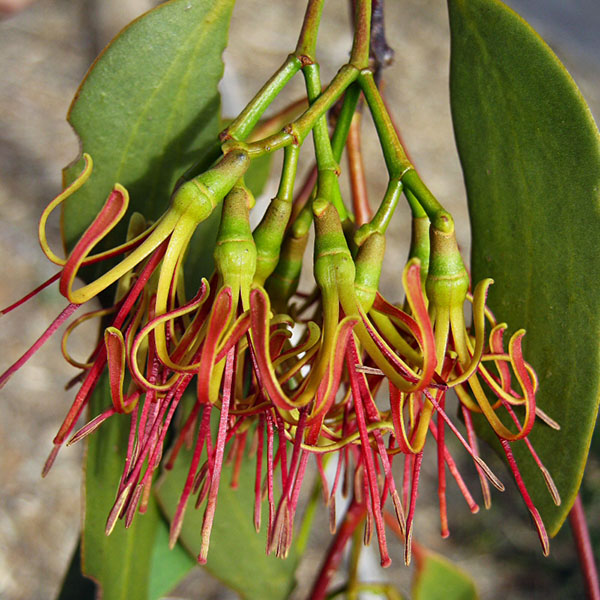


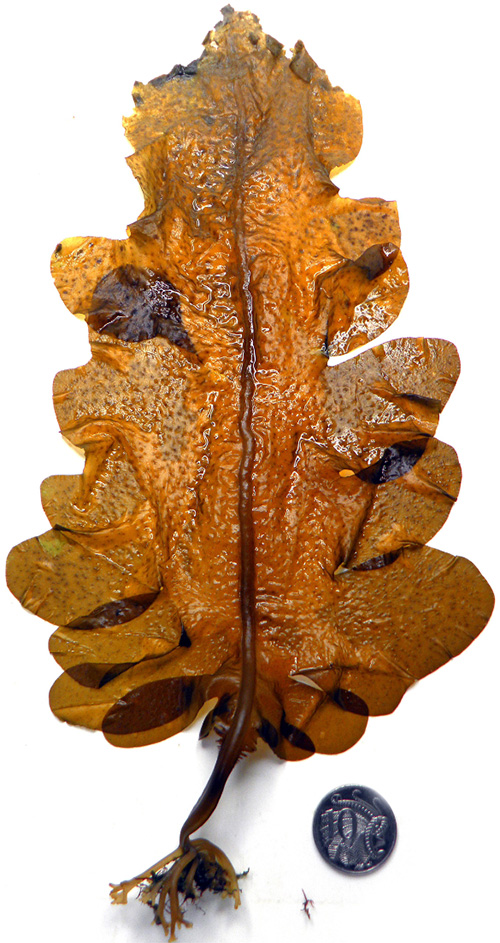
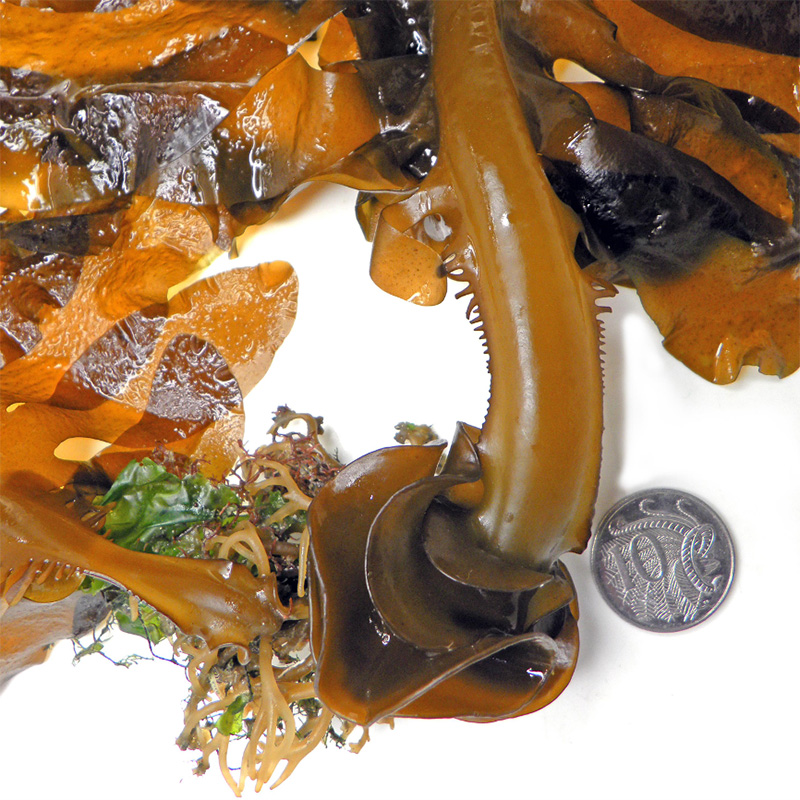
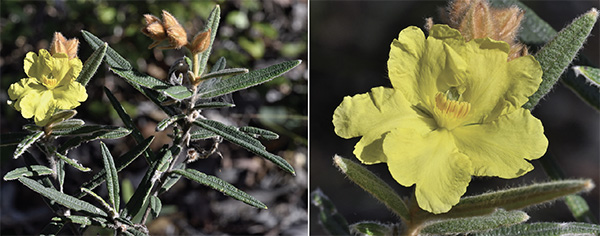

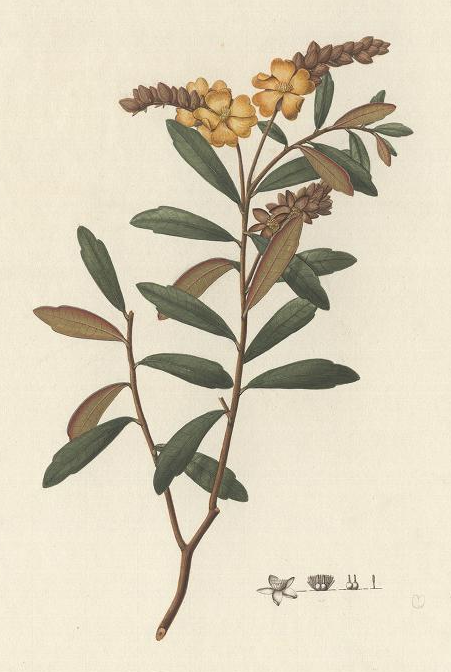


You must be logged in to post a comment.